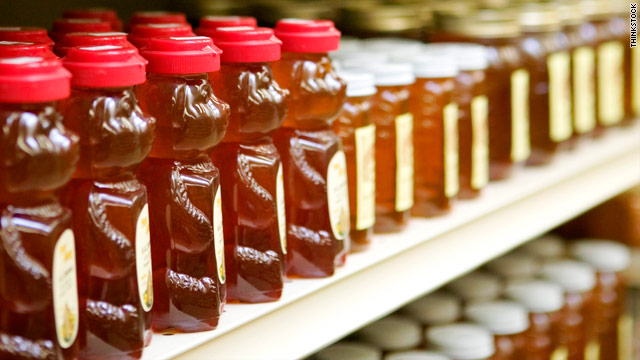

So, the next time you reach for a jar of honey, look at the incredible science behind its endless shelf life. As an added benefit, honey’s crystallization is a natural process that does not indicate spoilage, allowing us to enjoy this delicious and healthy natural sugar for years to come.

Together, these factors create an inhospitable climate for bacteria and microorganisms, successfully keeping honey for extended periods. The enduring mystery of honey’s ability to stay fresh for ages lies in its low moisture content, natural acidity, and the bee-derived enzymes that give rise to gluconic acid and hydrogen peroxide. To return it back to its liquid form, simply immerse the jar in warm water for a few minutes. However, crystallization does not change the quality or nutritional value of honey.

Eventually, glucose molecules precipitate out of the solution, making rigid crystals. Honey contains a high quantity of sugars, making it a super-saturated solution. This occurrence is a natural event and does not signify spoilage. Over time, you may notice that honey tries to crystallize and firm, especially if kept at lower temperatures. ❄️ Crystallization – A Natural Phenomenon ⚗️ The presence of these enzymes is an essential part of honey’s preservation and its ability to fight spoilage. These enzymes add to the production of gluconic acid and, consequently, to honey’s acidic and antibacterial qualities. 🐝 Enzymes from Bees 🧬īees play a key part in the creation of honey by adding their own enzymes during the regurgitation process. Furthermore, the production of gluconic acid produces hydrogen peroxide, which further adds to honey’s antibacterial properties. The acidic climate hinders the growth of bacteria, as many bacteria prefer neutral pH levels for their survival. The latter is created by the action of bee enzymes on some of the glucose molecules in the honey. This acidity is attributed to different acids found in honey, including formic acid, citric acid, and, most prominently, gluconic acid. Honey boasts natural acidity, with an average pH of around 4. With such low moisture levels, honey provides an inhospitable climate for these organisms, stopping their growth and spread. Bacteria and microorganisms require higher amounts of moisture to grow and reproduce. Honey is made by bees through a process of regurgitation and evaporation, lowering the water content to approximately 17-18%. The key to honey’s longevity lies in its extremely low moisture level. In this piece, we dig into the scientific reasons behind honey’s amazing life and explore the interesting factors that contribute to its resistance against spoilage. Unlike most other foods that finally spoil, honey stays unspoiled for years, even millennia, if kept properly. One of the most fascinating characteristics of honey is its ability to stay fresh for an indefinite time. Honey, the natural sweet nectar made by bees, has been admired for its unique flavor and medicinal benefits for ages.


 0 kommentar(er)
0 kommentar(er)
